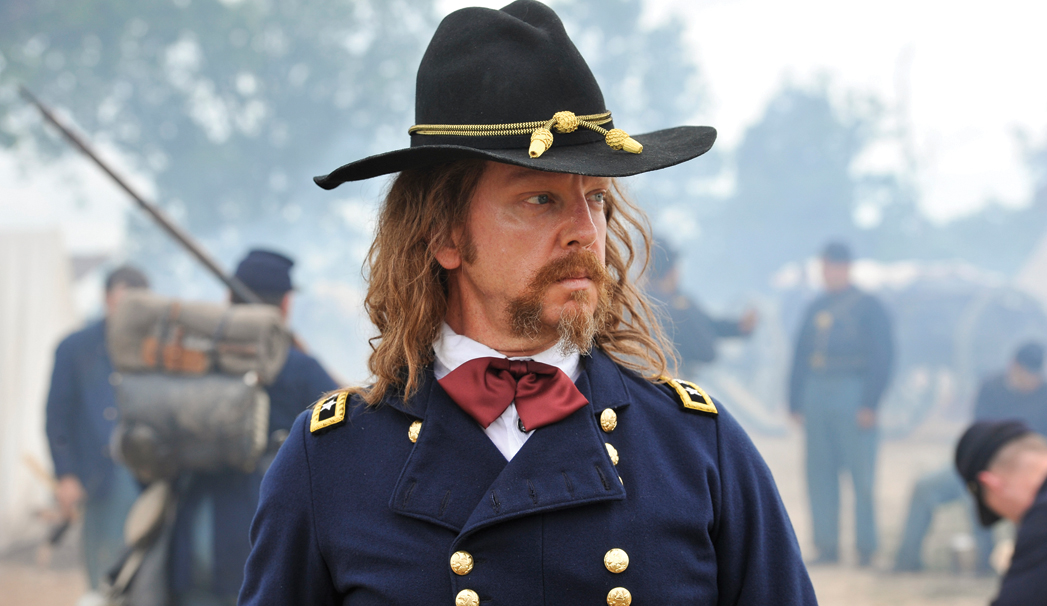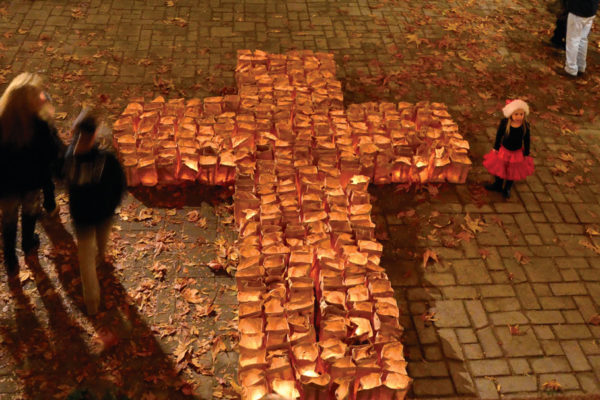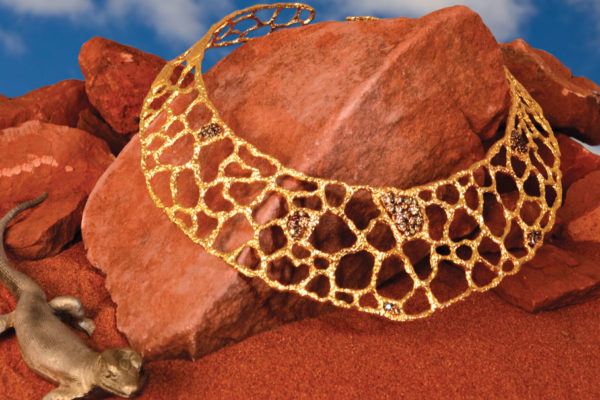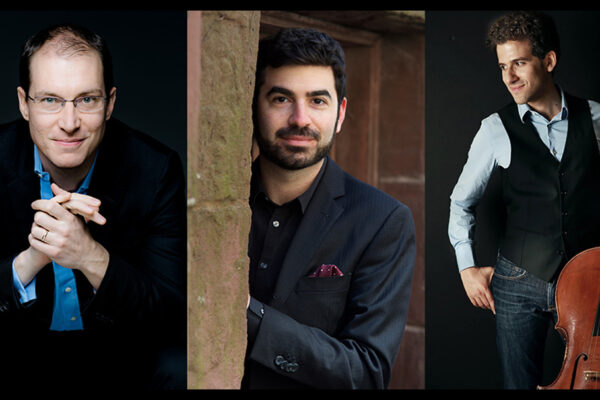Think you all of the myths and legends about the West? Producers Stephen David and Tim Kelly say think again. Their new series, The American West, premiered on AMC last month and airs on Saturday nights through the summer. The duo is the force behind such popular series as The World Wars, The Men Who Built America and The Making of the Mob. The American West is a blend of dramatic scenes and documentary footage focusing on 1865 through 1890. Viewers will learn about legends such as Jesse James, Billy the Kid and Sitting Bull. The series also features interviews with actors who have appeared in iconic Western movies. Stephen and Tim checked in with Sedona Monthly from New York to talk about the series.- Erika Ayn Finch.
Sedona Monthly: For our readers who might not be familiar with the term, can we start by defining “docudrama?”
Stephen: A docudrama is a mix of drama and documentary. You will find dramatic themes like you would in a scripted show, but there are also experts commenting on what’s going on, voice overs and archives. It’s a documentary because it’s all true, but it’s very character oriented. The information you’re learning is important because the character’s life has a stake in it. It makes you care more about the information because you know why it was important to the character you are learning about.
What prompted you to explore the West in your latest series?
Stephen: We found that after the Civil War – the series focuses on the 25 years after the Civil War – the country was broken and divided, but 25 years later we wound up with this unified country with the same good-bad similarities going on throughout the country. Big business ran things. The American spirit that we have today came from this 25-year period. The lawman, the outlaws, the Army, the Native Americans – everything that was mixed up in this time period – contributed to who we are today.
Tell us what we can expect from the episodes.
Tim: You can expect an unknown story of the West and how the West was settled. It’s a lot of names that you know with a lot of unknown stories. You’ll see the way everything was connected and how the push West was shaped by the Civil War and the opportunity that was available. It’s a very personal story. It focuses on a group of people who aren’t necessarily directly connected, but the effect of what they do is seen throughout the West and how it is formed. There’s also focus on the Native Americans. It’s a mix of outlaws, politicians and Native Americans and the roles they played settling the West.
In addition to telling the stories of legends such as Billy the Kid and Crazy Horse, you interview filmmakers. Can you talk to us about the role of film in the myth of the West?
Stephen: With somebody like Wyatt Earp – one of the only survivors of the West – you see how he’s living the West and then a decade later he’s on the set of the movies being made out there as a consultant. It was real life, and not long after they were making movies that mythologized it. These characters from the West were precursors to superheroes like Batman and Superman. They were people who were backed in to having to do something. They were doing things the average person might wish they could do. It was an exciting life. We did learn that when Wyatt Earp was on set, a [production assistant] came up and gave him water. That PA was Marion Morrison, who would later be known as John Wayne.
How big a role does Arizona play in the series? Any mention of Sedona or northern Arizona?
Tim: Obviously we have Wyatt Earp, so we have Tombstone and the OK Corral, but there’s no mention of Sedona. It’s a character-driven show, and it takes us to many places throughout the West. It’s an epic story, and the West is such a beautiful, untamed place, especially where we were filming. I think the people on the coasts forget how open and amazing the rest of the country is.
Where was it filmed?
Stephen: Utah and West Virginia
During your research, whose story did you find most compelling? Which one do you think will be the biggest surprise to viewers?
Stephen: Jesse James was surprising. I knew he was a bank robber, but I didn’t realize he was part of the guerilla fighting for the South. He was a big force in trying to make the South rise again. There was a point when, even as an outlaw, Missouri was going to give him immunity and put up a statue of him. Everything he was doing was against the North, even as a bank robber and train robber. He had a huge effect on the election of 1876. I thought that was fascinating.
Custer is also interesting. You see how everything intertwines. When Custer was riding in for his last stand, you see the story of why he was riding in. If he had won that battle, he probably would have become president. He was riding by himself because he wanted the nomination. That’s what’s interesting about this show: Jesse James has an effect on [President Ulysses S.] Grant who has an effect on Custer who has an effect on Crazy Horse. You see the cause and effect of how the West was made.
MORE SEDONA MONTHLY INTERVIEWS: Cody Horn, Chicago, The Band Perry, John Waters, Leighton Meester, Ed Asner, Susan Sarandon, Tony Curtis, Joan Collins, Martin Sheen, Emilio Estevez, Lea Thompson, Don Black, Beatrice Welles, Frances Fisher, Gary Sinise, Rita Rudner, Michael Moore, Tim Daly, Maynard James Keenan, Richard Schiff, Connie Stevens, Don Hahn, Ed Harris, Marla Sokoloff, Bill Plympton, Robert Osborne, Jane Seymour, Robert Shields
MOVIE CRAZY? Purchase a copy of Arizona’s Little Hollywood: Sedona and Northern Arizona’s Forgotten Film History 1923-1973




